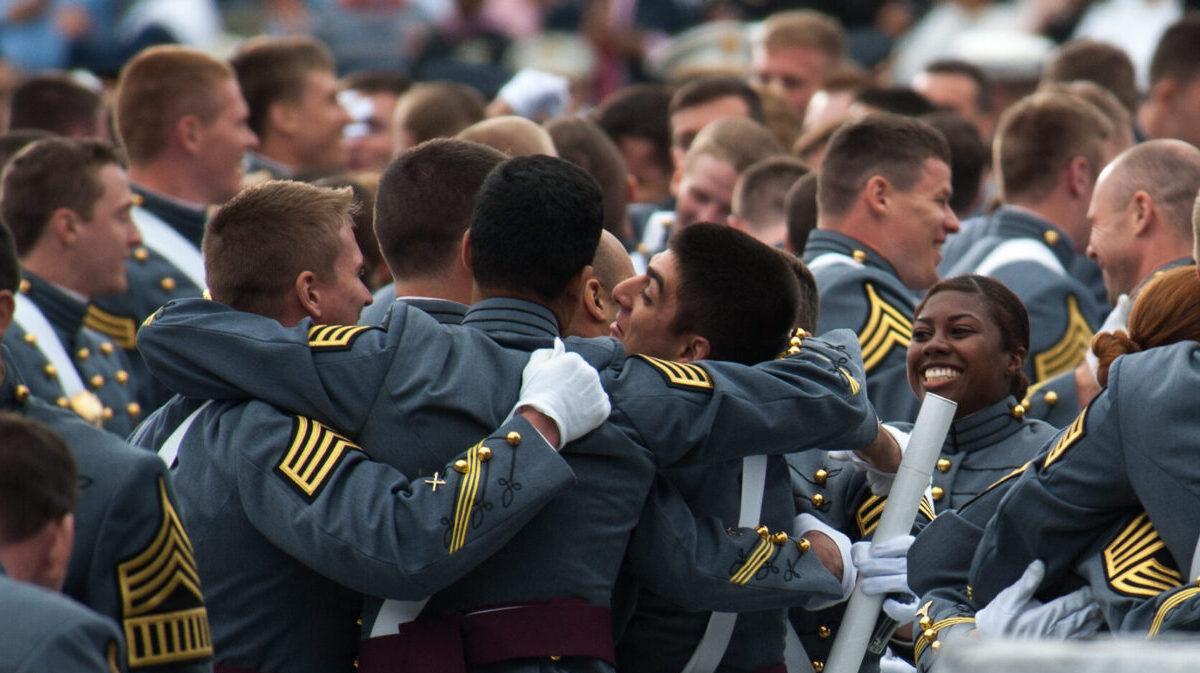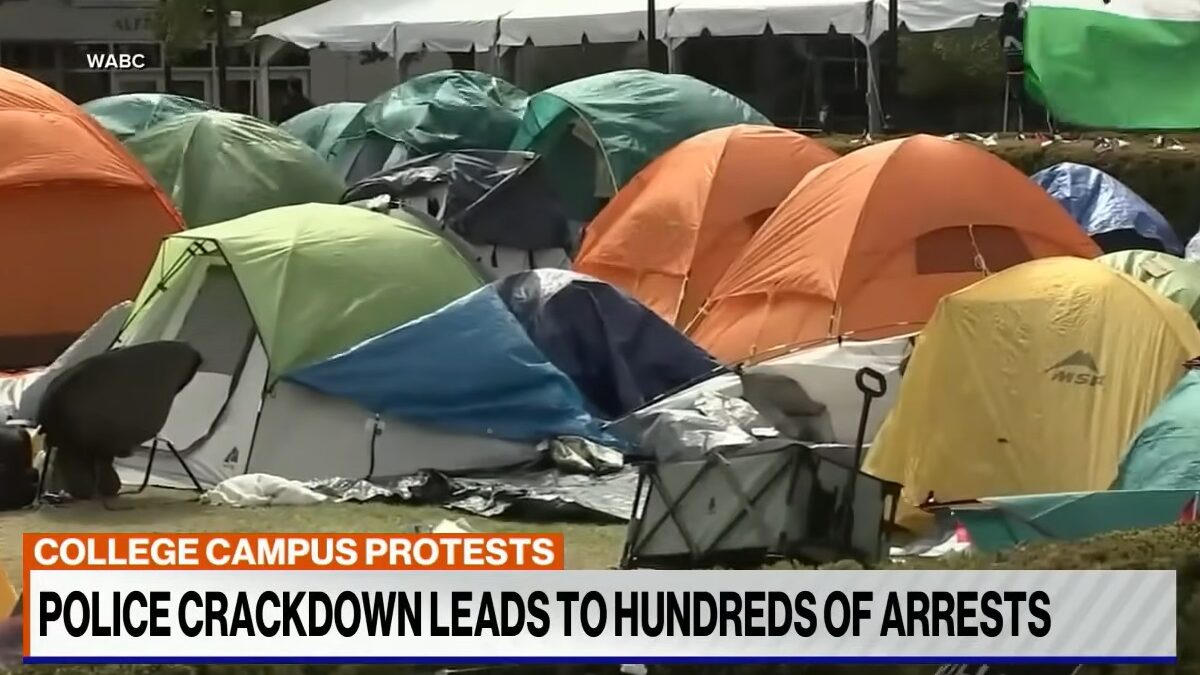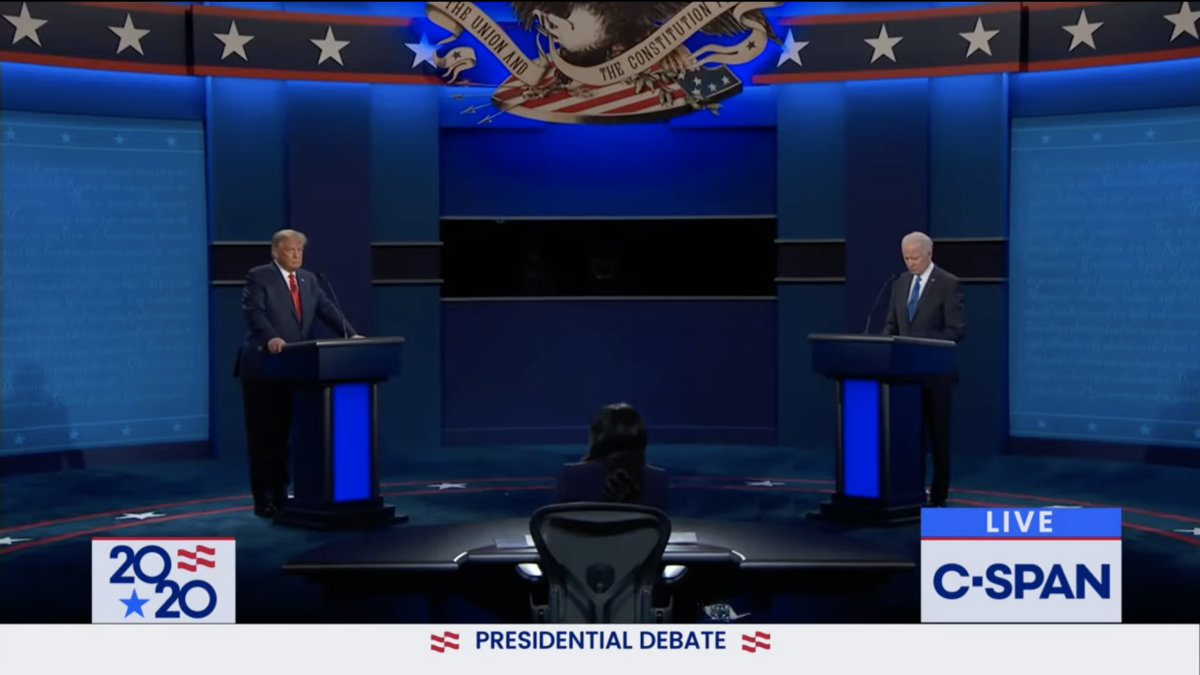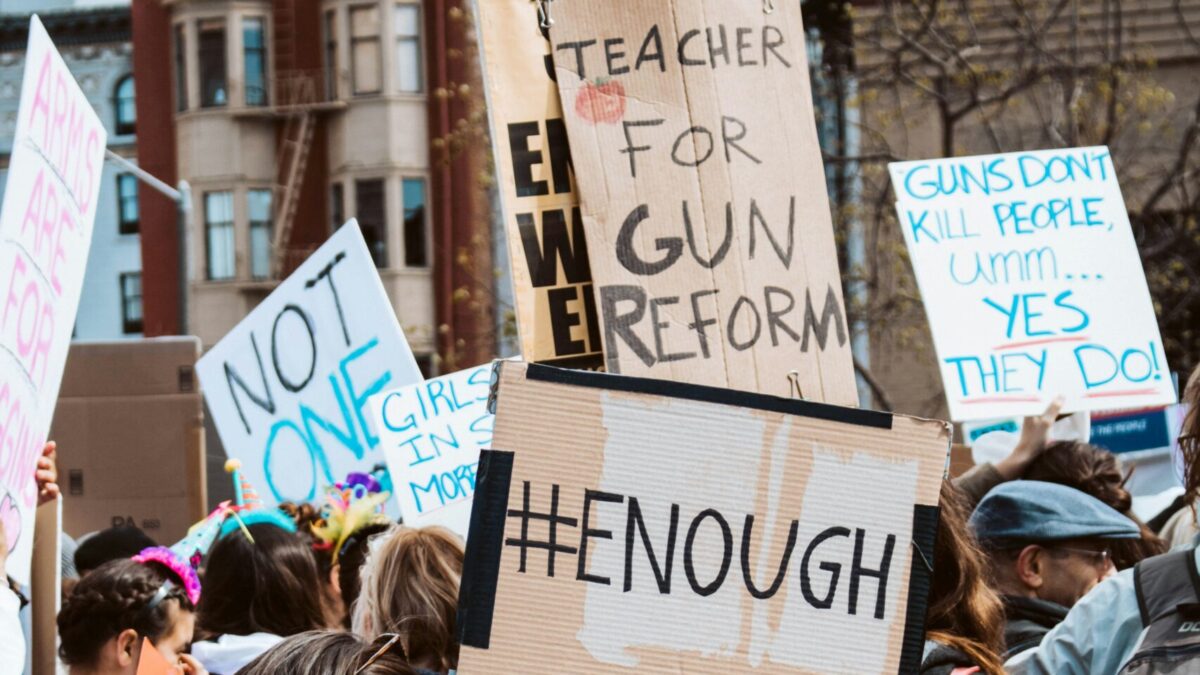Last week, the Supreme Court of the United States issued its long-awaited decision in Students for Fair Admissions v. Harvard and the University of North Carlina.
A 6-3 majority held that granting racial preferences in admissions to both private and public colleges and universities violated Title VI of the Civil Rights Act of 1964 and the equal protection clause of the 14th Amendment, respectively. Despite what you might read in some news reports or commentaries, the court did not hold that equal protection principles do not apply to the military service academies’ admissions practices. Nor did the court carve out an exception to the principle that race-based college admissions policies violate the Constitution.
Though not a party to the lawsuit, the solicitor general of the United States filed an amicus brief on behalf of the United States in support of Harvard and UNC. The solicitor general argued that a racially diverse officer corps, whether commissioned through Reserve Officers’ Training Corps (ROTC) at civilian colleges or the service academies, was a compelling national security interest.
Thirty-three retired flag officers and two other veterans joined the United States in urging the court to further the goal of a racially diverse officer corps by upholding the use of racial preferences in admissions to colleges and universities. Reiterating arguments they filed in three previous affirmative action cases, Grutter, Fisher I, and Fisher II, their brief argued that eliminating racial preferences would reduce the number of minorities enrolled in ROTC and at the service academies, the officer corps would become less racially diverse, and, as a result, national security would be imperiled.
The underlying logic of this argument is that success on the battlefield depends upon racial characteristics instead of merit and competence. It also suggests that minorities cannot secure admission based on their individual merit to colleges with ROTC programs, or service academies, in sufficient numbers to create a racially diverse officer corps. Racial preferences, therefore, must be used in the admissions process to ensure diversity.
Pushing back against this disparaging view was the Veterans for Fairness and Merit (VFM), an organization of more than 600 former senior officers, including 119 retired flag officers and hundreds of officer and enlisted veterans with extensive combat experience, including 21 Medal of Honor recipients. VFM argued in its amicus brief that merit and competence, not race or skin color, are the qualities necessary for success in war.
While amicus briefs bring relevant perspectives and issues not addressed by the parties to the attention of the court, it is important to remember that neither the United States, the service academies, nor any Department of Defense component were parties in the underlying lawsuit, and no factual record of how admissions decisions are made at West Point, the Naval Academy, or the Air Force Academy was developed in the lower courts.
Nor did the district court hear evidence or make factual findings concerning whether racial diversity in the officer corps helps or hinders the success of military units on the battlefield. The underlying lawsuit did not challenge the admissions practices of the service academies, and the questions presented by SFFA v. Harvard and UNC did not include the extent to which equal protection applies to the service academies’ admissions practices.
Issues Not Presented Should Not Be Decided
It is not surprising that Chief Justice John Roberts’ majority opinion recognized a fundamental principle: Issues not presented should not be decided. Speaking for the court in footnote four of the opinion, the chief justice said, “The United States as amicus curiae contends that race-based admissions programs further compelling interests at our Nation’s military academies. No military academy is a party to these cases, however, and none of the courts below addressed the propriety of race-based admissions systems in that context. This opinion also does not address the issue, in light of the potentially distinct interests that military academies may present.”
In her dissent, however, Justice Sonia Sotomayor twisted this clear and well-accepted principle by claiming the majority had “carved out” an exemption to equal protection principles for the service academies. The chief justice responded in the majority opinion with another fundamental principle: “A dissenting opinion is generally not the best source of legal advice on how to comply with the majority opinion.”
The ‘Carve Out’ Narrative Is Bunk
That truism has been lost on some journalists, pundits, and politicians. Some rushed to spread the misinformation that the court’s opinion created a “carve out” for the service academies and exempted those institutions from constitutional requirements.
It is well-settled that the Constitution protects soldiers and civilians. The real question is how it applies and how legitimate military concerns influence the precise application of the Constitution in the military setting. That question was not presented, developed, or decided by the Court in SFFA v. Harvard and UNC.
Footnote four of the court’s opinion merely recognized this principle and stated that without a fully developed record examining military-specific interests, the court will not address — much less uphold, affirm, reject, or condemn — whatever policies the service academies use in their admissions process. As the chief justice clearly stated, “This opinion … does not address … [the service academies’ admissions policies.]” Declining to address an issue because it was not part of the underlying litigation is not affirming, exempting, carving out, or otherwise approving of a particular practice.
Sotomayor knows this. So do legal commentators who have even a passing familiarity with federal litigation. Whether the current practices of the service academies will survive an equal protection challenge after SFFA v. Harvard and UNC will have to await a properly framed lawsuit brought by a plaintiff with standing. Spreading false notions that the court has “carved out” or exempted the service academies from the constraints of the Constitution or ruled that the service academies can use racial preferences in admissions is irresponsible, misleading, and furthers a political narrative instead of demonstrating legal reasoning.
When taken in context, the court signaled that race-based admissions policies at the service academies will face an uphill battle should they ever be challenged in litigation. The court struck down the use of racial preferences in civilian colleges hosting ROTC programs, the largest source of commissioned officers, without even a passing comment on the solicitor general’s national security argument. If the court thought the national security argument had some purchase, one would think the court would have at least addressed it before disapproving of race-based admissions practices at institutions that produce the most military officers.
In this regard, the service academies are in a position similar to every other college and university that was not a party to the case. They all must evaluate their own admissions practices to bring them in line with the court’s equal protection analysis.
Congress Should Address the Issue
The final judicial resolution of how equal protection principles apply to the service academies’ admissions practices is years away. Congress, however, has the authority and responsibility to address the issue immediately. Legislation forbidding the use of racial preferences and requiring admissions and other personnel decisions to be made based on merit instead of skin color will remove the uncertainties and delays that are inherent in judicial resolution.
Equally important, it will clearly refute the false narrative that the court “carved out” an exception to the Constitution that allows consideration of skin color when selecting people to face the dangers of combat and to lead others in that deadly endeavor but disallows it when choosing those who get to attend elite colleges and universities.









